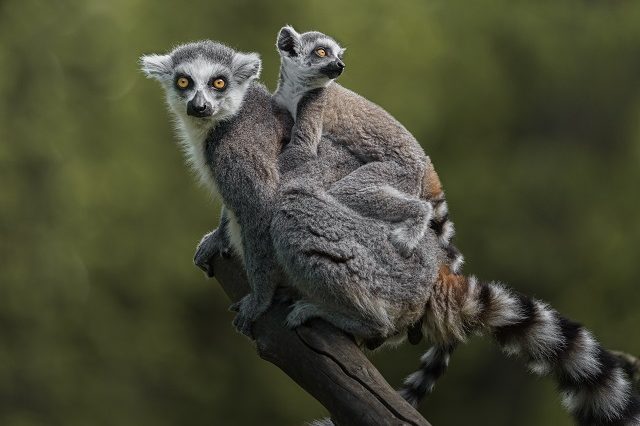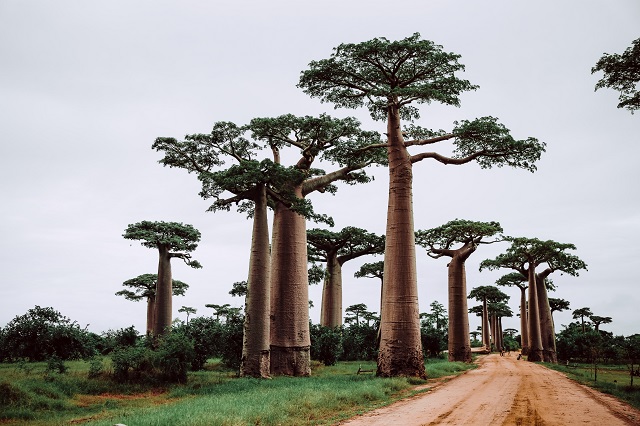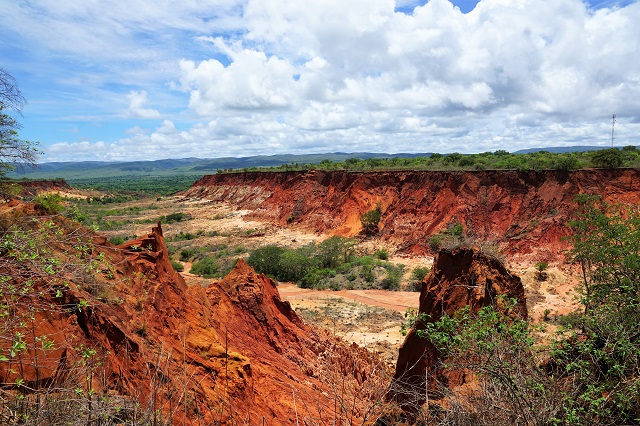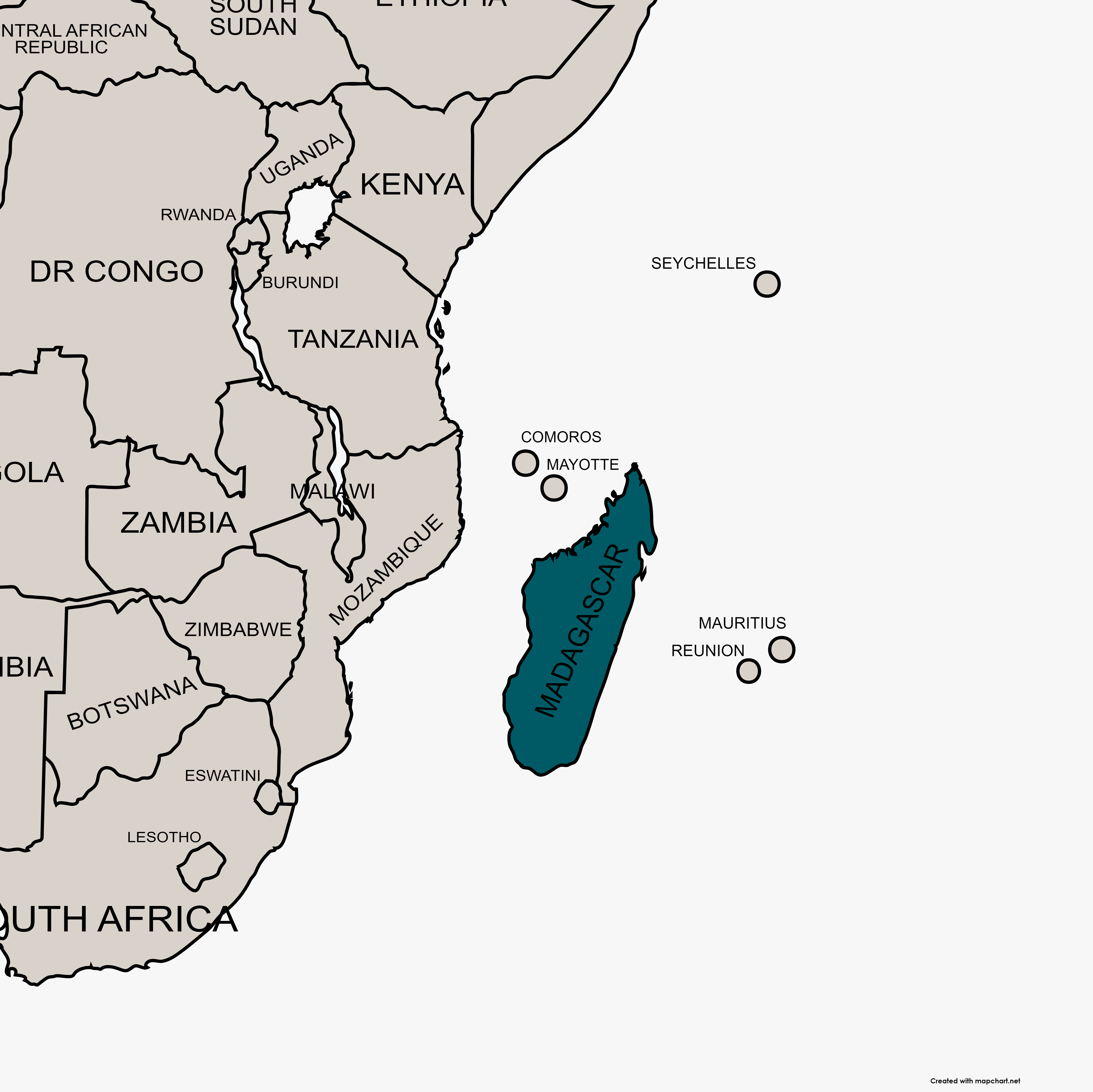Andasibe National Park: Andasibe is a World Heritage-listed reserve and is best known for being the home of the Indri, Madagascar’s largest lemur. With over 100 bird species and a variety of chameleons and reptiles, this national park is a must-visit for wildlife enthusiasts.
Ifaty: Located on the southwest coast, Ifaty is a favourite among birdwatchers and diving enthusiasts alike. Nestled near Madagascar’s largest lagoon and protected by an expansive coral reef, it offers excellent snorkelling and marine life encounters.
Isalo National Park: Often described as Madagascar’s most visually striking National Park, Isalo features a mix of dramatic canyons, high plateaus, forests, and semi-arid desert landscapes. It’s a haven for hikers and nature lovers, with 77 bird species, 70% of which are endemic.
Nosy Be: Roughly a 90-minute flight from Antananarivo, Nosy Be is Madagascar’s most popular beach escape. Surrounded by smaller islands, it offers calm waters perfect for swimming, snorkelling, and diving, and is the ideal place to unwind.
Ranomafana National Park: Covering around 40,000 hectares of lush rainforest, Ranomafana is one of Madagascar’s most famous National Parks. Its mist-covered hills are home to a rich array of lemurs, chameleons, and other rare species, making it a must-visit for travellers interested in the island’s unique biodiversity.
When to go
The best time to visit Madagascar is from April to December, when the weather is generally dry and travel conditions are favourable. September to November has warm temperatures, blooming landscapes, and excellent wildlife viewing. Madagascar’s climate varies by region. January to March is cyclone season, especially along the east coast, making travel more difficult. For milder weather and fewer crowds, April, May, November, and early December are great options, while July and August bring peak season popularity despite being cooler in the highlands.
Currency: Malagasy Ariary (MGA)
Languages: Malagasy and French
What makes it special: Madagascar is an island of extraordinary diversity - from lush rainforests and arid deserts to tropical dry forests and highland plateaus. With over 3,000 miles of coastline and more than 250 offshore islands, it’s home to some of the largest coral reef systems and most extensive mangroves in the Western Indian Ocean. It’s best known for its iconic lemurs, nearly 100 species and subspecies, as well as the towering baobab trees. For divers, Madagascar boasts the Tuléar Reef, the world’s third-largest coral reef system, offering world-class marine experiences.
Social customs: The Malagasy people are renowned for their warm hospitality and welcoming nature. Greetings are an important part of daily life: handshakes are common when meeting someone new, while close friends typically greet each other with three kisses on the cheek. Conversations are often open and friendly, reflecting the island’s laid-back and respectful culture.




